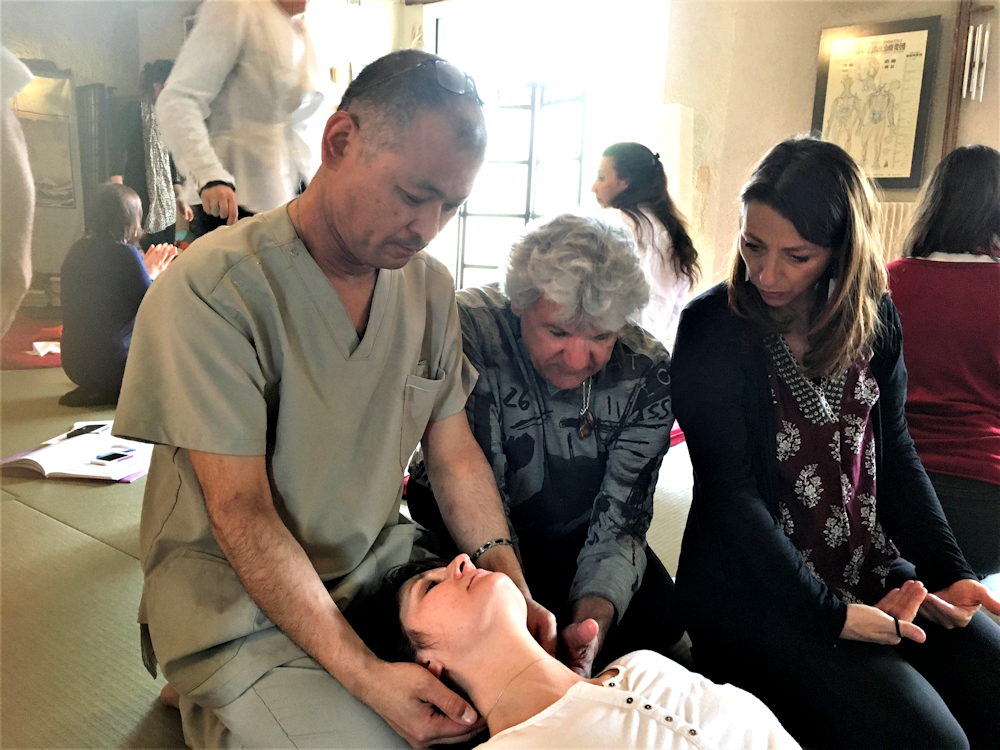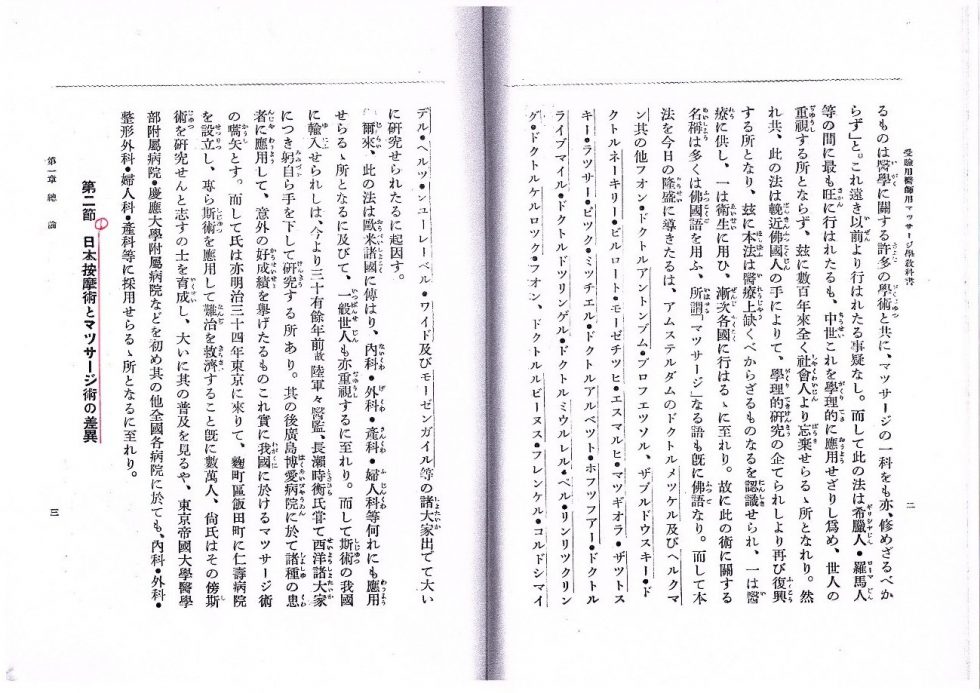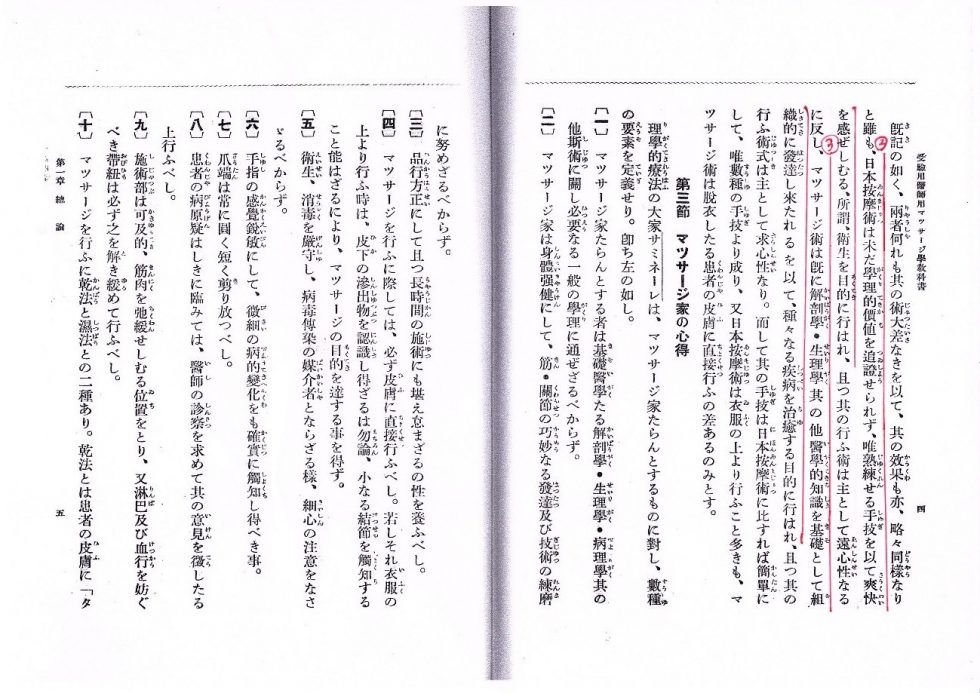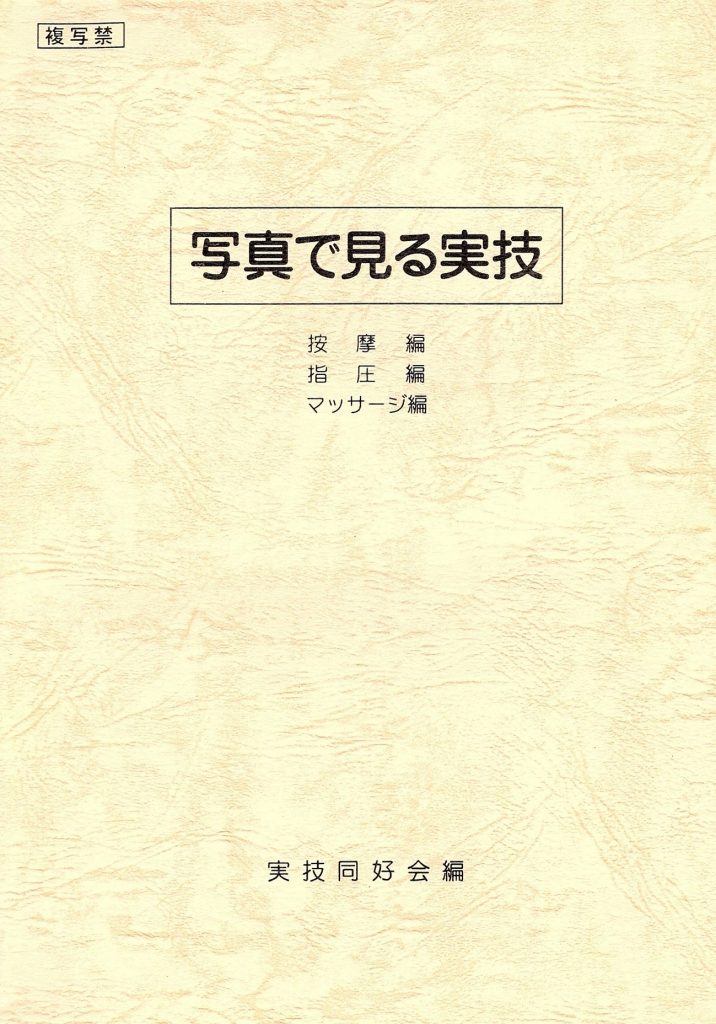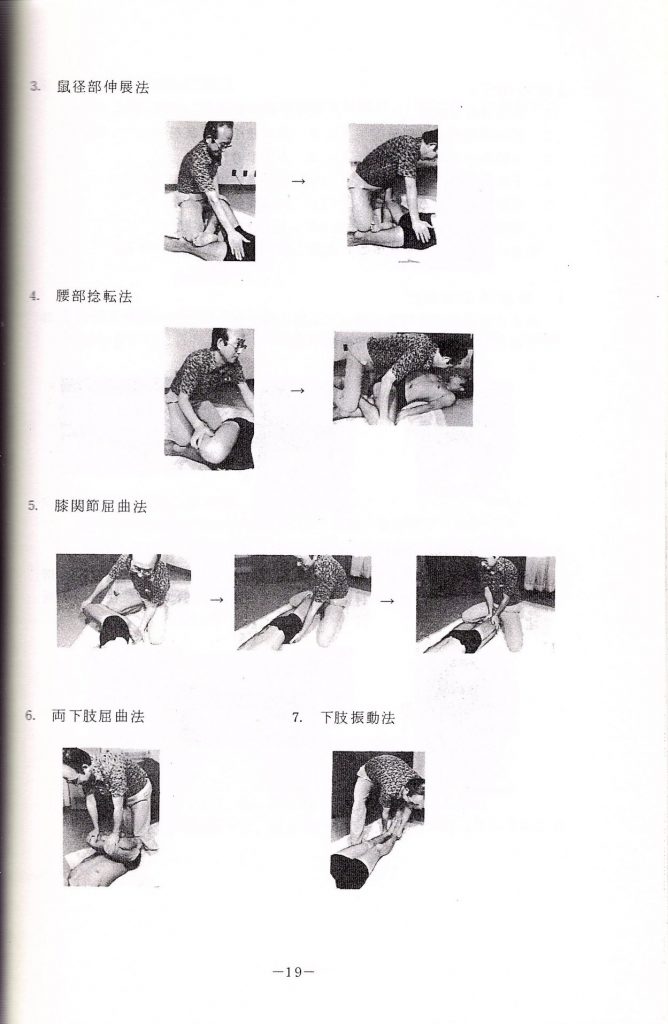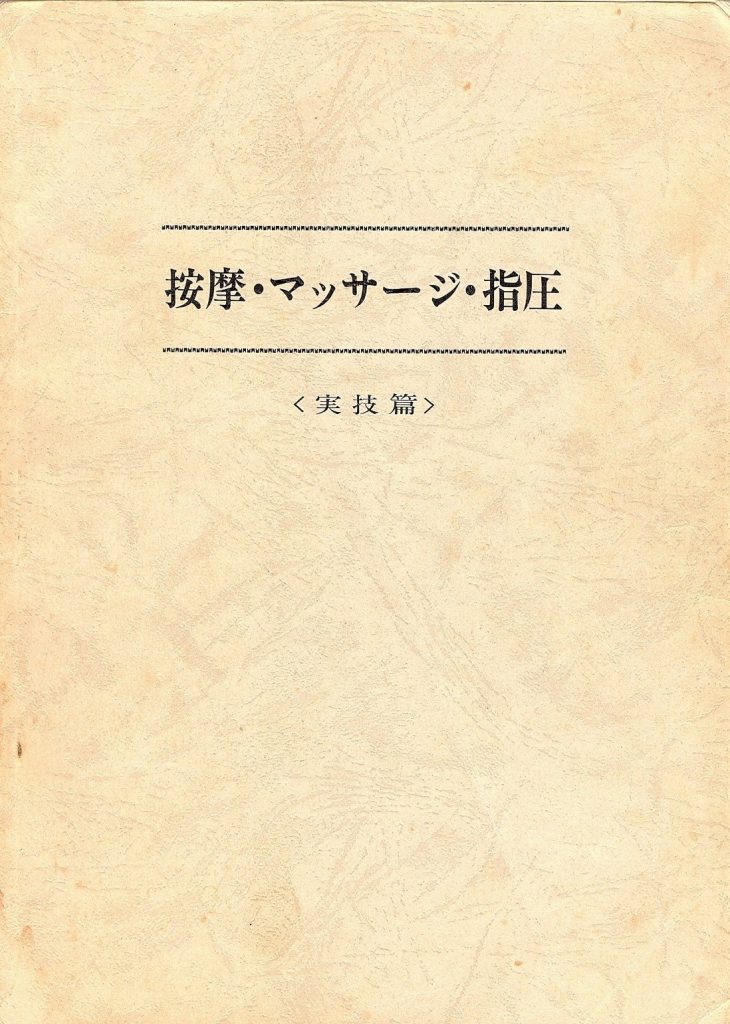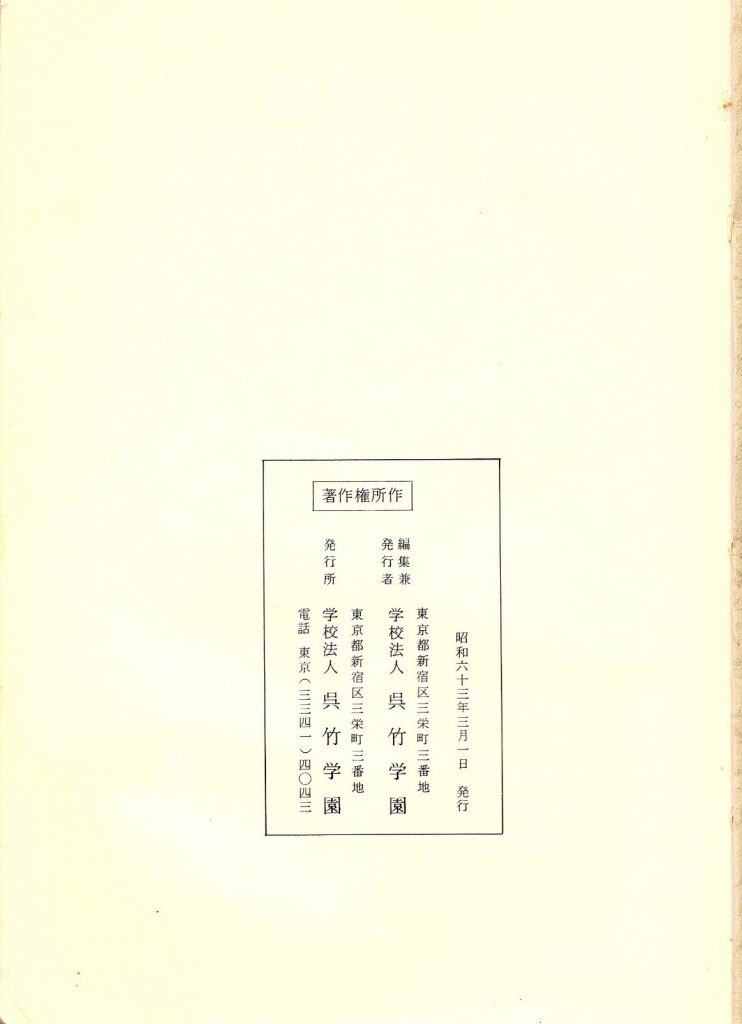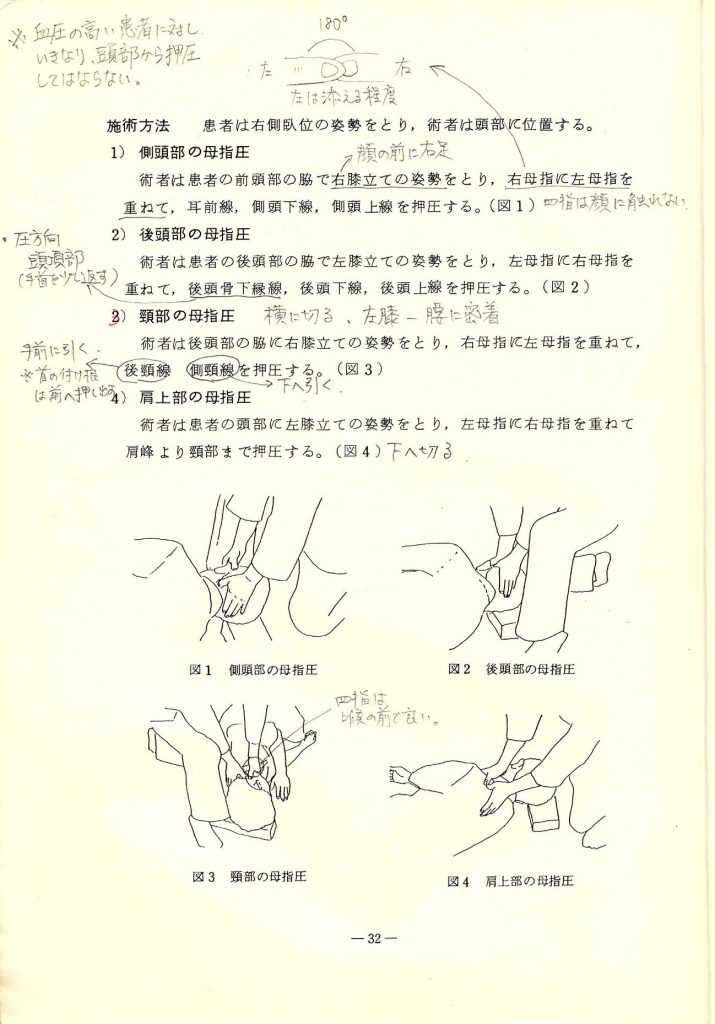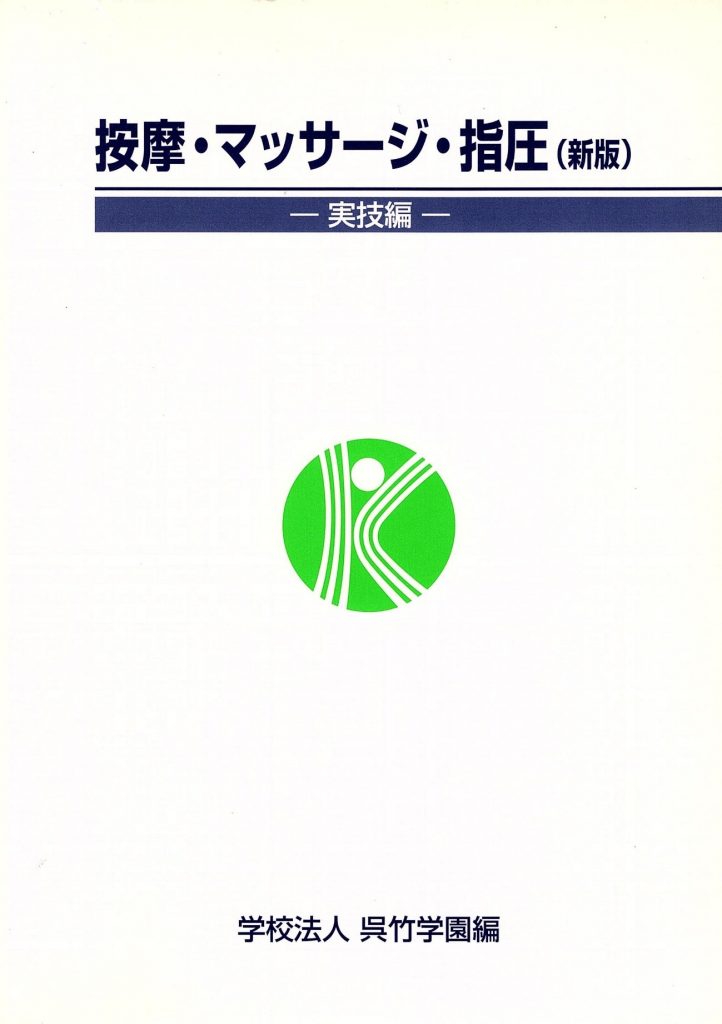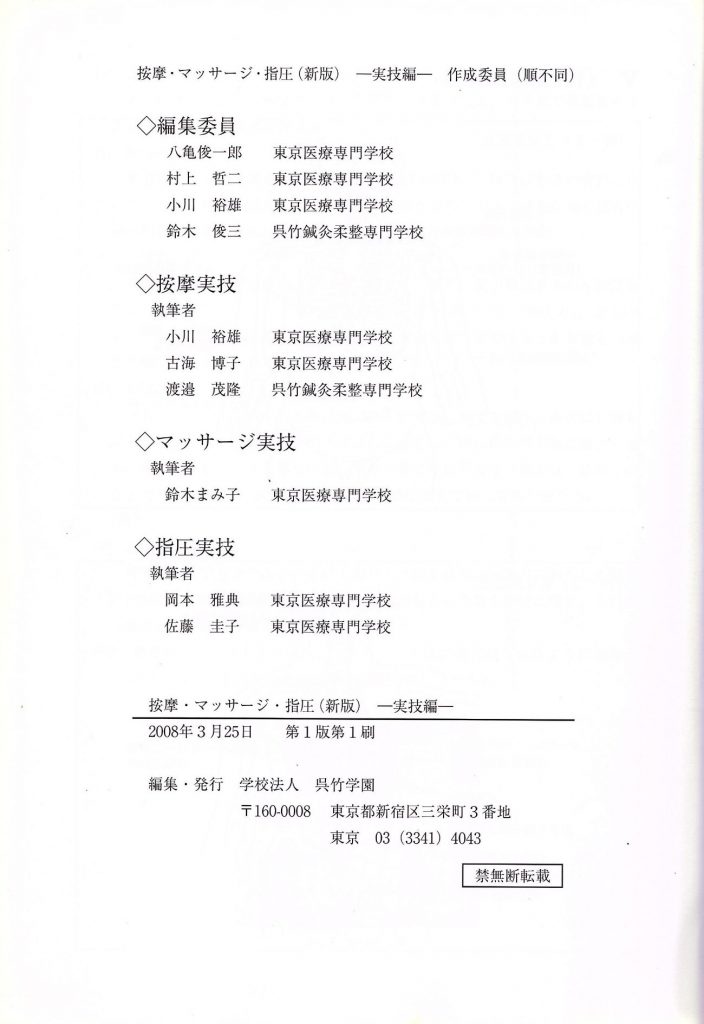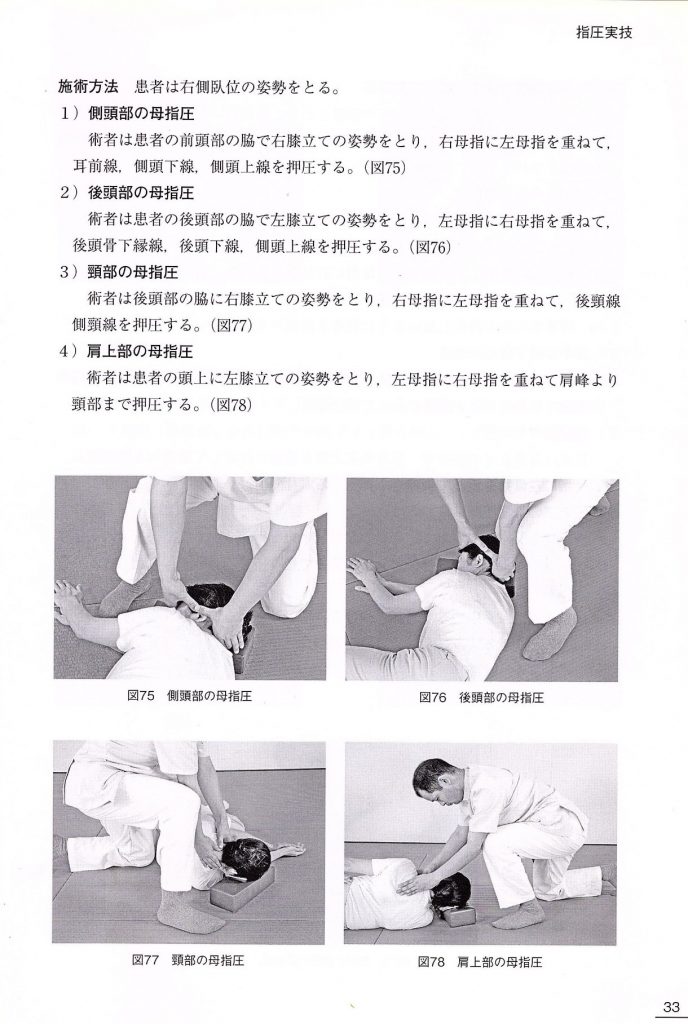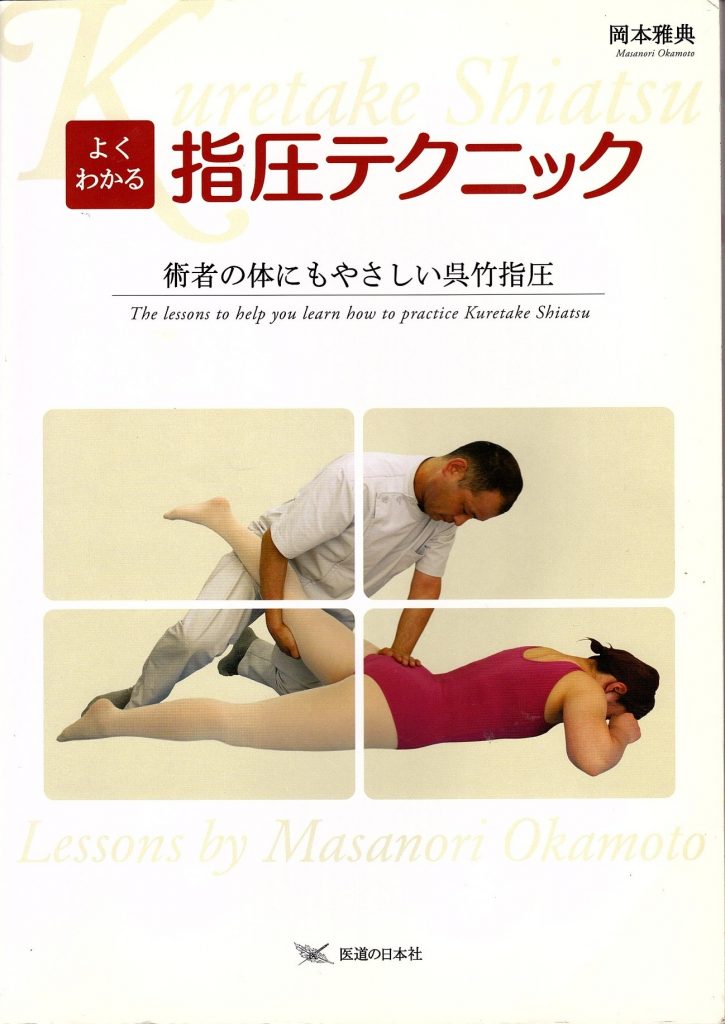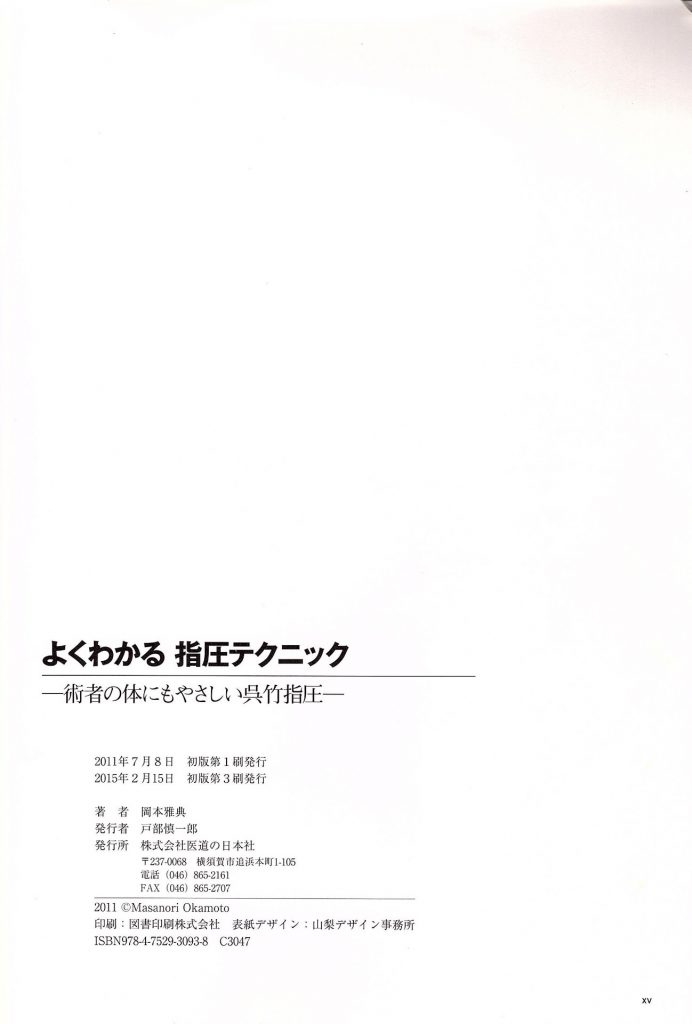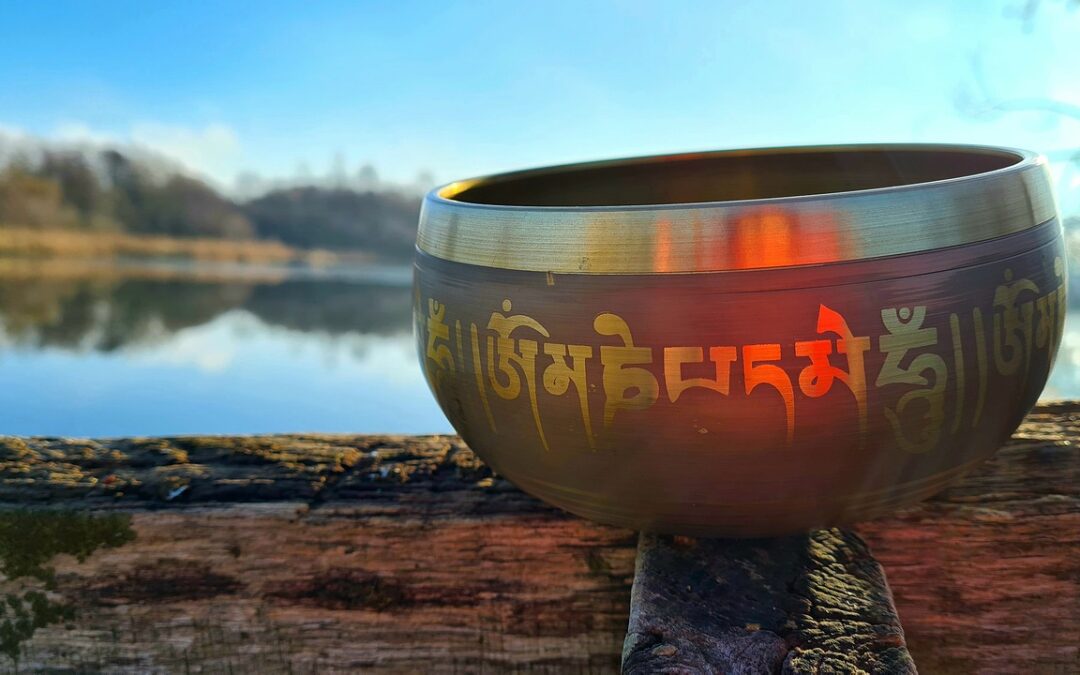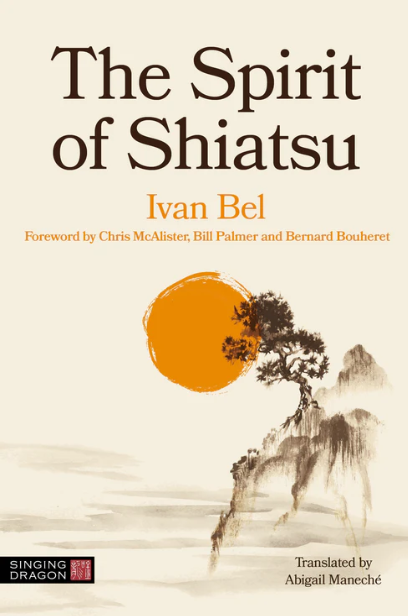In Europe, Okamoto sensei’s name is associated with Shiatsu from the Kuretake Institute. Accurate, efficient and uncompromising in his work, he is a charming, relaxed and patient man in private life who took the time to explain and to show me on his books, many details both about his life and that of his master, the founder of the Shiatsu Kuretake: Sakakibara sensei.
Ivan Bel: Dear sensei, thank you for accepting my invitation for this interview. How are you at this beginning of the year 2020?
Masanori Okamoto: Hello, Mr. BEL. I’m so sorry for all people who got hurt by the Covid-19.
Could you tell us about your family origins?
My parents are still alive. My father’s home is to be continued for 13 generations as a farmer in Nagano Prefecture, and my father was an office worker in Tokyo. My mother’s father was born in the family of a fallen headman’s village who was poor, so he served as an apprentice when he was a child. He had spiritual visions from his childhood, so he became a shaman (exorcist) who had real supernatural powers. And he did Anma a little to his believers. My mother was a full-time house wife. They have 3 sons, and I’m the eldest son. I was born in Tokyo on 8th July 1969. I guess I was a serious and inflexible child. My youngest brother is a Judo therapist[i].
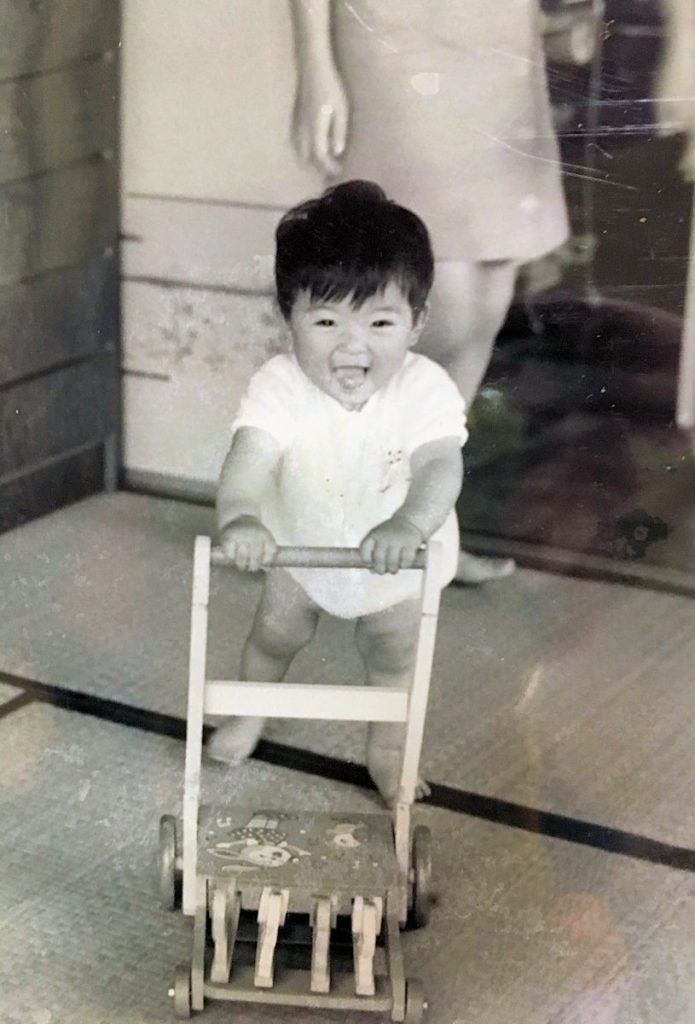
Were you ever drawn to healing or martial arts when you were young?
Though I sometimes did Judo at the Physical education class around 13 until 18 years old, I belonged to Handball club activities, then. When I injured myself during Handball, I often got Judo therapy, so I longed to be a Judo therapist. One day, I asked a Judo therapist how to become one, but he recommended to me: “The age of acupuncture is coming, so you should be an acupuncturist.” So, I was interested in acupuncture.
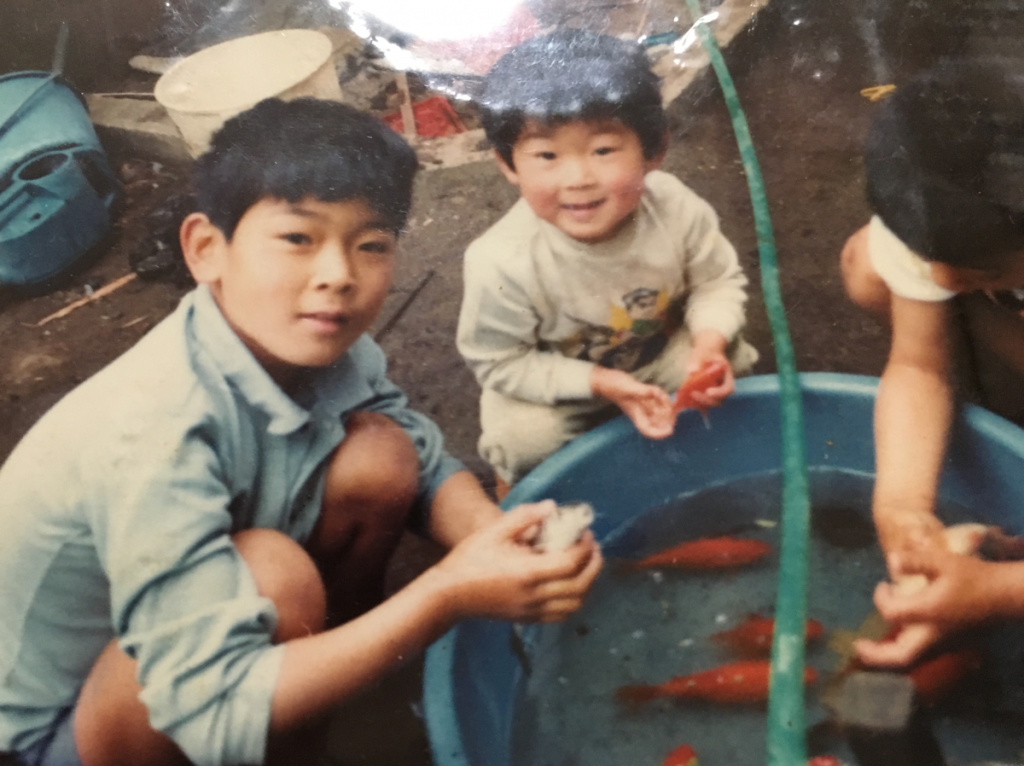
After discovering acupuncture, did you immediately seek training or did it happen later in your life?
Though I wanted to enter an acupuncture and moxibustion college in Kyoto, when I was 18 years old, my parents didn’t agree, because they were eager that I should get a secure job like a bank clerk. So, I entered college of law.
You chose to train at the Kuretake Institue. Why this school and not another one?
I decided that I will not get a job after graduating the college, because I couldn’t waste my dream to be an acupuncturist. At that time, it was too difficult to enter acupuncture, moxibustion and shiatsu institute for unrelated persons, because of highly competitive (1 place for 10 applications). But I didn’t have relations, so the Judo therapist advised me to take as many entrance exams as possible, and to enter the institute that I will pass at first.
And I took Kuretake Institute exam at first, and passed that exam without relations.
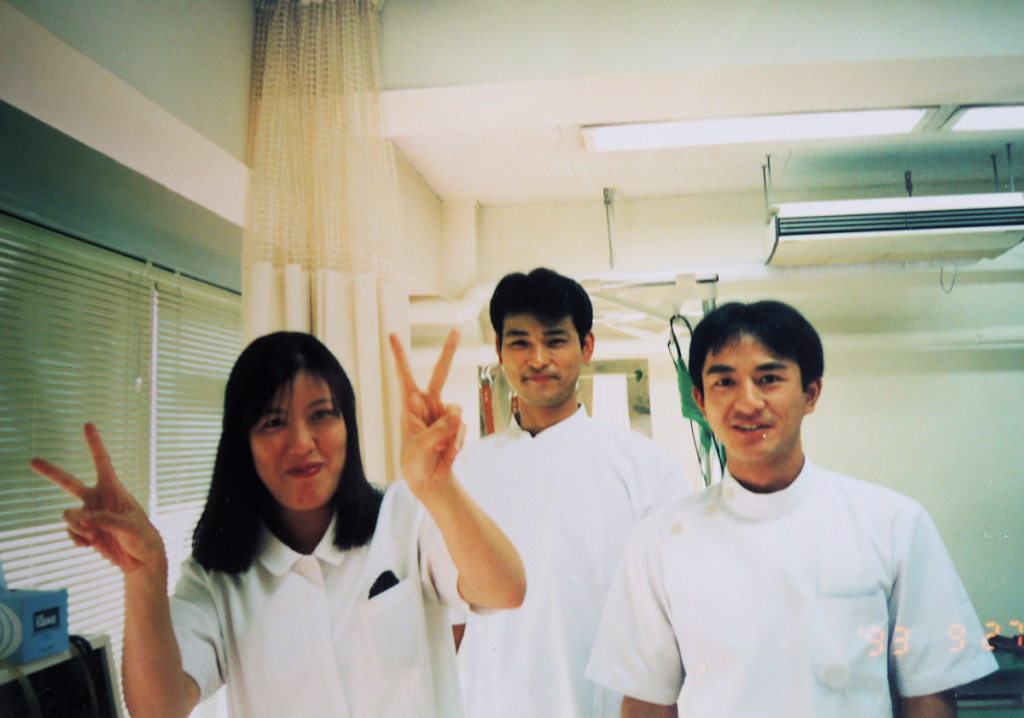
It was good for me to enter Kuretake, because they have established the Curriculum to be a teacher after getting licences (Acupuncturist, Moxibustionist, Masseur), and it was no good for me because I couldn’t get acupuncture and moxibustion licences at Namikoshi Institute.
Before going any further, let’s talk a bit about the history of your school. By whom was it founded and when?
At first, Mitsugu Sakamoto established just a moxibustion training center in 1926. And in 1929, it added acupuncture training. It was licensed as a private acupuncture, moxibustion and massage school in 1931.
What does the name “Kuretake” mean exactly?
Kure(=呉) take(=竹)… ”Kure” is an ancient Chinese kingdom’s name (585 ~BC473)[ii], and “take” is tall bamboo (…10 meters). So Kuretake means tall bamboo from ancient China[iii].
When did that school open a shiatsu department and on whose initiative?
Sorry, I don’t know. Kuretake taught massage rather than Anma and Shiatsu at first, because Mitsugu Sakamoto placed importance on massage[iv] rather than Japanese Anma in his text on massage (name: Massage textbook for medical examination for doctors: 1929, Mitsugu Sakamoto, and second print in 1934)
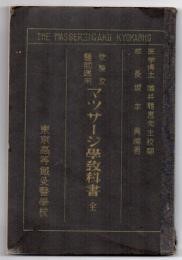
1929, Mitsugu Sakamoto, referenced on the database of Japanese books
I show you the excerpt I’m talking about, which is on page 3 and 4. I put in red numbers 1, 2 and 3 so you can follow and I have translated them for you.
① 日本按摩術とマッサージ術の差異
① Differences between Japanese Anma techniques and Massage techniques
② 日本按摩術は未だ学理的価値を追証せられず、唯熟練せる手技を以て爽快を感せしむる。所謂、衛生を目的に行われ、
② The scientific value of Japanese anmajutsu has still not been demonstrated, so we can only make things feel by the dexterity of our manual know-how, those can only be accomplished for the purpose of hygiene.
③ マッサージ術は既に解剖学・生理学其の他の医学的知識を基礎として組織的に発達し来たれるを以て、種々の疾病を治癒する目的に行はれ、
③ Massage techniques had already been developed systematically based on Anatomy, Physiology and other medical knowledge, so it can be used to cure various diseases
But almost all Japanese like Anma and Shiatsu rather than massage, so I guess he had to place importance on Anma and Shiatsu as a manager for students little by little.
Yutaka Sakakibara is the founder of Kuretake Shiatsu. Can you tell me about him?
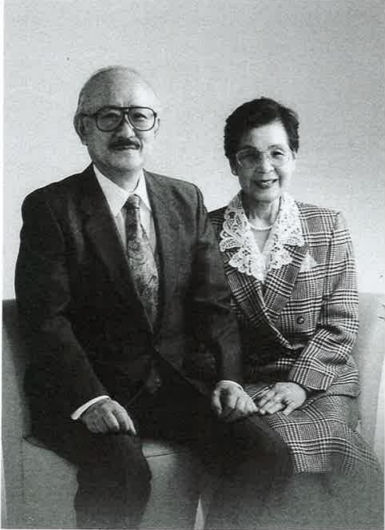
You should know a few things about Yutaka Sakakibara’s profile. First he was born on 4th May 1929. He graduated from Kuretake Institute on March 1968. He was a Shiatsu teacher at Kuretake from 1973 to 2000. He said to me that when he was a student of Kuretake, there was a Shiatsu teacher (a woman) in Kuretake (Tokyo) and she used a thin text that had just several pages. But she did not teach so-called Kuretake Shiatsu.
At that time, Kuretake had two schools: one was in Tokyo, another was in Shizuoka Prefecture. So I guess there was a shiatsu teacher in each Kuretake school. But I don’t know the second teacher at all.
After Yutaka Sakakibara created the style called Kuretake Shiatsu, all Kuretake schools (there are three now: Tokyo, Yokohama, Ōmiya) all taught the same method.
When Yutaka Sakakibara created this branch of shiatsu, was he himself influenced by other styles of manual techniques or by Namikoshi’s Shiatsu? Do you know if there have been relationships between these two great masters?
Yutaka Sakakibara wasn’t concerned with Namikoshi method at all. Though he used a lot of techniques applying the principle of leverage[v] he got in Tokyo, he also added techniques printed in a so-called “Ministry of Health and Welfare Shiatsu Text”. It was used at the workshop to give a license for many persons who worked as therapist without license, but it had authority from the Ministry. So, his superior at Kuretake at that time asked him to add those techniques to keep highly pass rates at the Shiatsu license’s examinations.
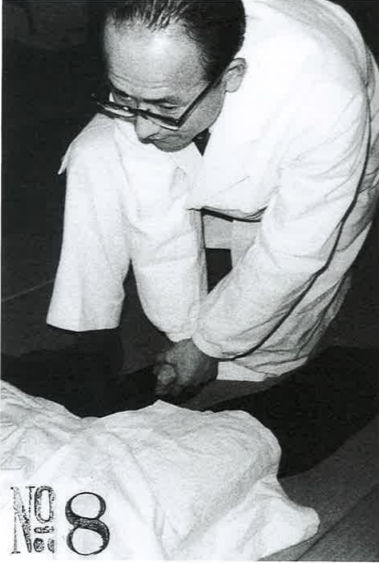
Who was Sakakibara shiatsu’s master?
I don’t know because he forgot and I’ll explain why. When he was a student at the Kuretake Institute, he studied Shiatsu for 3 years with a female teacher. She did not have or use systematic text, and she taught non-systematic Shiatsu techniques but always in haphazard way. He cannot remember her name because he is too old now (91 years old). When he became a part-time Shiatsu teacher at Kuretake, she retired and never handed over anything to Sakakibara, because she believed and said to Sakakibara: “You should teach students your own shiatsu techniques “.
While he was studying at the Kuretake Institute, he worked in a Shiatsu treatment place in Tokyo as an assistant for one year. There were several senior Shiatsu therapists, but the employer was not always on site. They did Shiatsu for patients as professional Shiatsu therapists using as main technique the principle of leverage. Since no one taught the assistants these techniques, he memorized them just by watching. He told me that he had never met his employer, so he forgot his employer’s name.
When he became Shiatsu professor at the Kuretake Institute in 1973, around 1975 ~ 1976 the school supervisor gave him a manual of Shiatsu theories and techniques which was published by the Japanese Ministry of Health. That textbook’s title is “指圧の理論と実技”, but Shiatsu industry at that time called it “厚生省教本”. And we still call this textbook “厚生省教本”.
指圧の means “Shiatsu’s”. 理論と実技 means ”theory and practice”. 厚生省 means “Ministry of Health and Welfare” and 教本 means ”textbook.” This manual was used during the workshop to help obtain the Japanese license of Anma-Massage-Shiatsu for people who already practiced many types of therapy but without an official diploma.
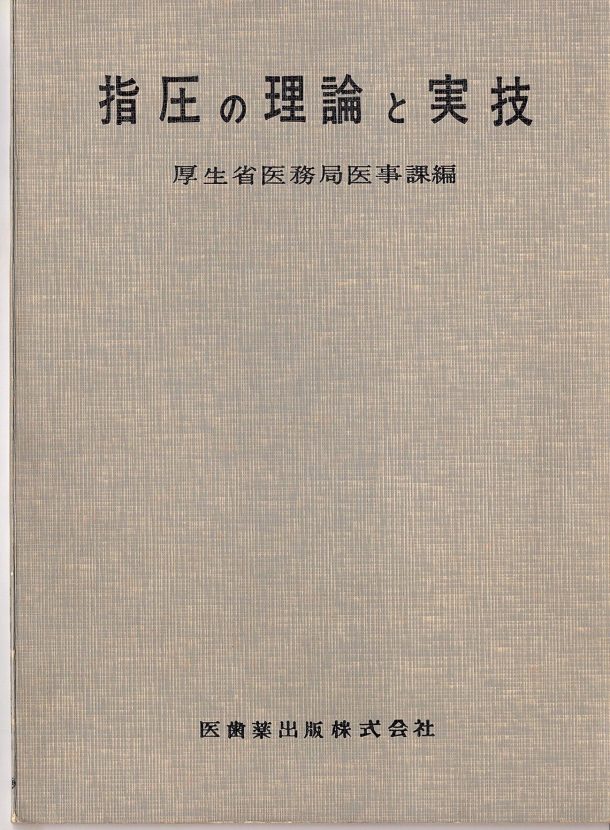
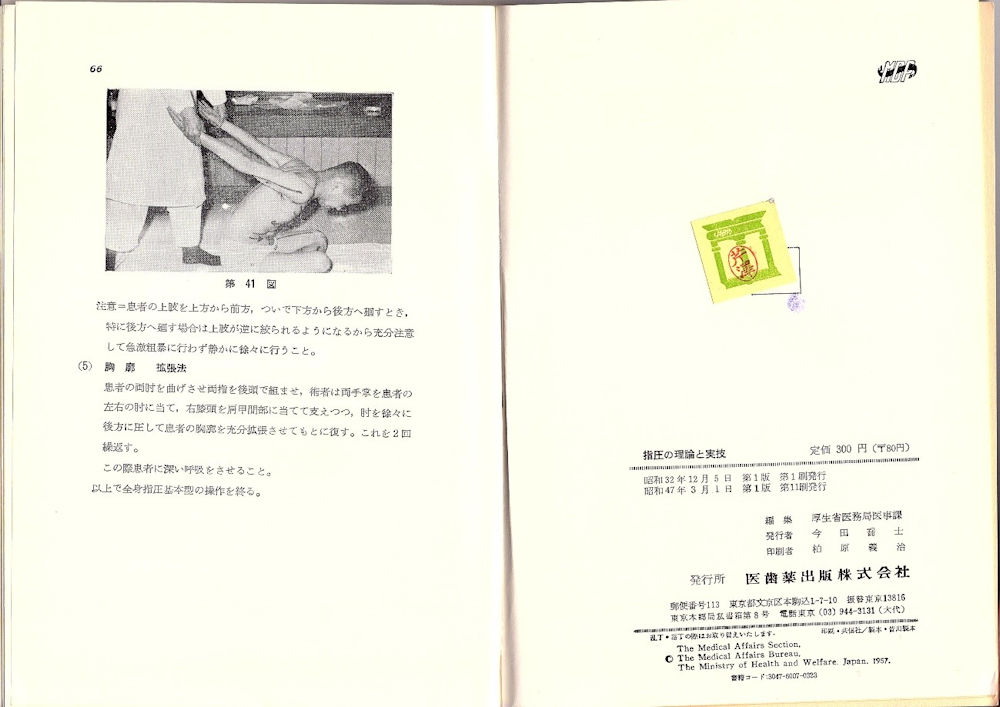
So his supervisor at Kuretake ordered Sakakibara to make new Shiatsu techniques that were systematized and to include the basic structure of the official manual, because that supervisor wanted to maintain a very high success rate at the Anma-Massage-Shiatsu qualification examination.
But the manual mainly deals with Shiatsu techniques lying on the stomach and back with only three techniques on the side.
Some persons of Kuretake students were eager to publish a reference book of Kuretake Anma-Massage-Shiatsu techniques called “Syashin de miru jitsugi” (写真 で 見 る 実 技) published in January 1978 with the teachers of Anma, Massage , and Shiatsu Kuretake. But it was not for sale, because it was not published by the Kuretake school. I only have one copy of this book.
On page 19 of the “Syashin de miru jitsugi” we can see a young Sakakibara demonstrating Shiatsu Kuretake techniques.
Although Sakakibara added and arranged many techniques on the belly and on the back with the principle of leverage rather than what was shown in the “Shiatsu Manual of the Ministry of Health”, the side techniques were the same in this book. Only three techniques!
There was no official book published for the Kuretake Institute?
Yes, but 10 years later. When the official technical manual of Anma-Massage-Shiatsu Kuretake was published in 1988, 1st march, he ended up adding many lateral Shiatsu techniques. So we can think Sakakibara finished completing the Kuretake Shiatsu until 1988 at the latest. Let me show you. There is 40 pages for Anma, 77 pages for Massage and 39 pages for Shiatsu. But no photo in this book, only text of process and some illustrations for Shiatsu by Sakakibara. A more over, there wasn’t all illustrations for every techniques. So it was not useful for students to practice !!
As you can see, I used this textbook when I was student of Kuretake. I took many notes on this.
This book needed to be revised and a new edition was published in 2008, March 25th. 84 pages for Anma, 82 pages for Massage and 41pages for Shiatsu. Basically Shiatsu didn’t add techniques at all, though Anma and Massage added many techniques. However in this case a photographer took all of Kuretake Shiatsu’s techniques demonstrated by me. I asked the editorial committee members to use all pictures against each technique.
But basically they just changed illustrations of the 1st edition into pictures. They just added several photos for Shiatsu, because they ostensibly disliked that new textbook will be thick. But actually I guess as Kuretake Shiatsu is very difficult to master and teach it, and there was no teacher except me who could teach it perfectly in all of Kuretake School at that time and they disliked to add contents and photos. At that time, there were more teachers who could teach Anma and Massage in Kuretake School in Tokyo.
I felt really sad then, because this new book was still not useful for students to practice Shiatsu. So I raised motivation to publish the reference book of Kuretake shiatsu techniques personally.
My first book was published on 8th of July 2011 (it was my birthday!!) by Ido no Nihon-sya, named “Yokuwakaru Shiatsu Technique” (よくわかる指圧テクニック), meaning “Shiatsu techniques that are easy to understand“. The subtitle is “Jyutusya no karadanimo yasashii Kuretake Shiatsu” (術者の体にも優しい呉竹指圧) and in English “The lessons to help you how to practice Kuretake Shiatsu“.
In that book I explain all of Kuretake Shiatsu techniques (150 techniques) in detail and use more than 750 photos and illustrations in 203 pages. It does not have an “Avant propos” by Daniel Menini on page XII, “GLOSSAIRE” on page 177 and “Localisation anatomique des points” on page 178~179 in the French edition published in 2012.
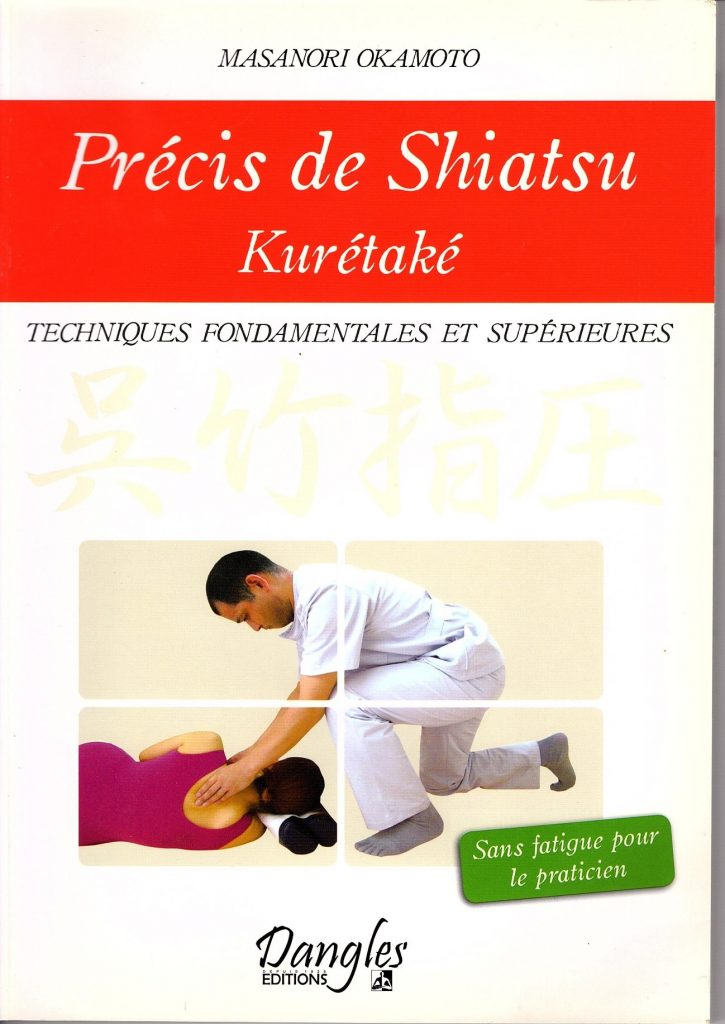
Wow! Thank you very much for all of these exciting and important details. I just learned a lot about Kuretake’s history. Have you met Yutaka Sakakibara yourself?
Sure, he was my Shiatsu master when I was 2nd grade student of Kuretake institute. I took his lessons for 1 year as a student and gave lessons for 1 year with him as an assistant. And I took his private lessons more than 10 years once every month. So, at the end we can read each other’s minds.

How old were you when you started and when you graduated?
I was 23 years old when I entered, and I was 26 years old when I graduated. In addition, I entered the advanced course for 2 years to get a teaching licence (acupuncture, moxibustion, anma massage shiatsu, medical sciences). I entered it at 26 years old and graduated at 28 years old.
You also trained in acupuncture. So you know the meridians and the points?
Sure.
Do you teach only Shiatsu now?
No, I do and teach acupuncture, moxibustion, and shiatsu.
Tell us about your training?
When I was a shiatsu teacher at Kuretake Institute, I taught all of basic Kuretake Shiatsu techniques with 40 times lessons on tatami, it was for 90 minutes every lesson.
How many years, hours?
It takes for 3 years to graduate from Kuretake Institute. All of students have to learn for 2910 hours there to take State examinations.
Once you graduated, what did you do? Where did you start working?
After getting state licences, I worked as acupuncture, moxibustion, and shiatsu visiting therapist and as a private teacher for a high school student to get my school expenses of the advanced course, while I went to it as a student.
After graduating it, I worked at an acupuncture office for 1 year and a half, and I was a part-time teacher in Kuretake Institute 1 or 2 times per week for 16 years, while I had continued to be a visiting therapist. And in 2004, I got my own office in Tokyo.
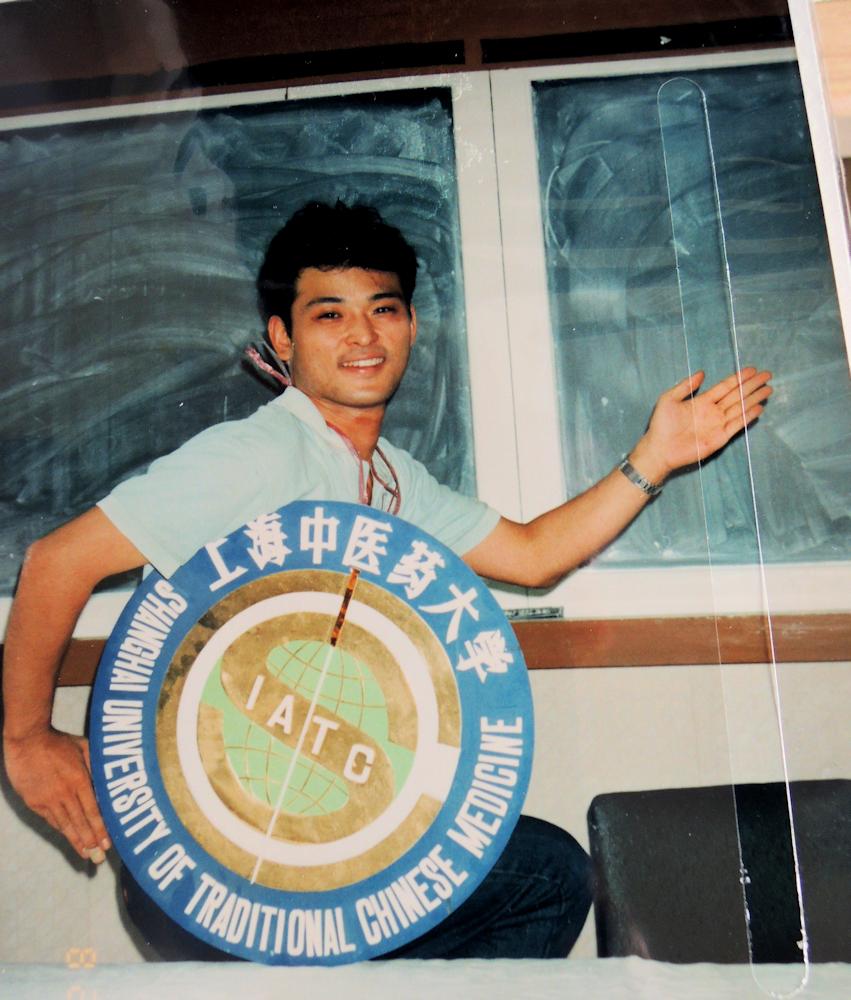
To have to face people’s pain on a daily basis, what did it teach you as a practitioner?
I always concentrate to find cause of pain MEDICALLY at first, so I don’t refer to Meridians and Acupoints to find cause of pain at first, because I believe it’s most important attitude to cure pain surely.
When you touch a body, what are you listening to?
I always find muscle tonus, range of motion (ROM), pressure pains, etc… that is, objective findings.
As a teacher, you place great emphasis on the practitioner’s posture. Why do you think it is important to respect correct posture?
To avoid getting practitioner’s facet joint lower back pain to do shiatsu for many patients repeatedly every day. We’re professional Shiatsu therapists, so correct postures are most necessary things for all of us to live as a shiatsu therapist for a long time.
What should a practitioner do to strengthen physically or mentally?
As shiatsu frequently give pressures for patients body by weight shift, we should strengthen the muscles of both lower half body. And as we should strengthen our body to stand that we should do shiatsu without rest and meal on a busy day, because patients are suffering from their pain THEN. So, we have to waste our sense of entitlement for our patients. In other words, rights conscious persons are not suitable as therapists.
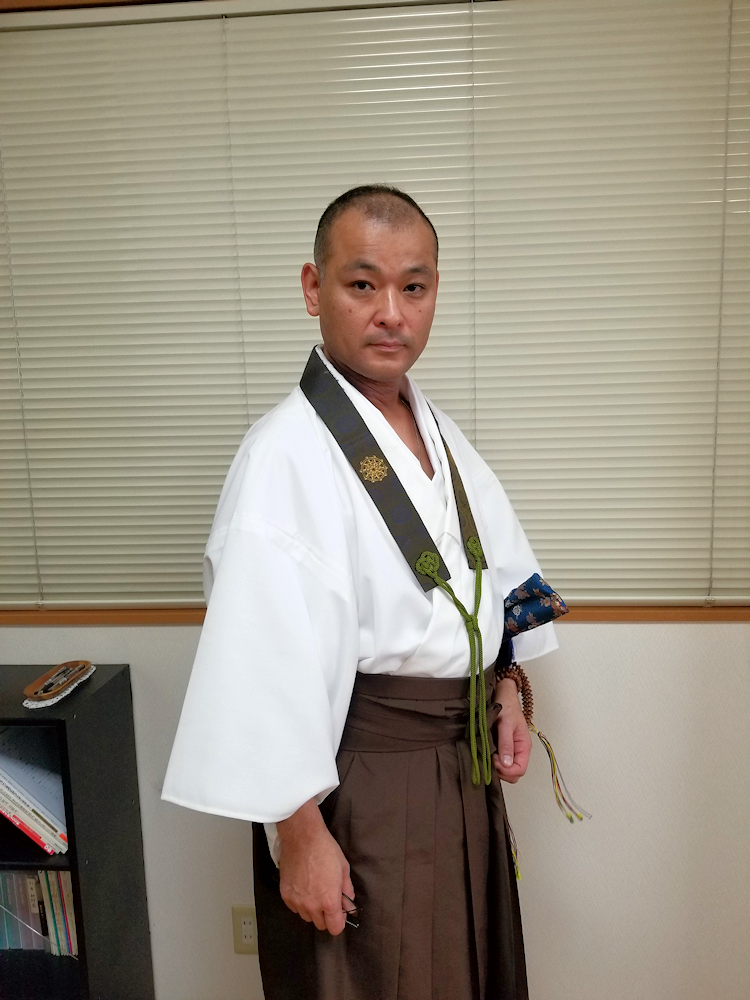
When doing shiatsu treatment, is the notion of presence important?
I guess you must yearn the Super Natural Power like shaman. Though I don’t know whether Tempeki Tamai had gotten such an ability or not ACTUALLY, if he had gotten so strong one actually, he should be more famous like Kūkai and Nichiren who were famous shamans in Japan. But he is known to just a small number of Shiatsu Japanese therapists, and of course, Japanese shiatsu institutes never teach about him officially.
What is presence? How do we develop it?
I can speak knowingly, because my grandfather was a real shaman, presence is given by Gods, so a normal person never gets it and develops it.
The world today seems very disturbed on many levels, but also in the health of individuals. From your point of view, why do people develop so many diseases?
One reason is long life expectancy. The old people used to die earlier than now. And medical developments can find many diseases than before. In addition, environmental destruction, heavy use of medicines, food additives, etc. hurt our genes.
What is your point of view on shiatsu?
My shiatsu techniques depend on the knowledge of anatomies and kinematics, so it’s so clear and easy to get effects without contradiction for many shiatsu therapists who follow my techniques exactly.
Though I got special shiatsu treatment only once by famous Ampuku practitioner with super natural powers while he was reading Sutra like Tenpeki Tamai[vi].
It seemed he had got many patients from many areas in Japan, because he always told histories of patients by only touching their abdominal.
But as almost shiatsu therapists don’t have such an ability that was given by Gods and can’t develop it, I’m sure that we don’t have to yearn its power.
And I’m sure we can do effective shiatsu EASILY through the knowledge of anatomies and kinematics.
Thank you so much sensei for your words and your precious time.
Notes:
- [i] Judo Therapy is one of the natural health approaches recognized by the Japanese government and sanctioned by a state diploma. To go further “What is a Judo therapist“.
- [ii] This is the kingdom of Wu, in the “Spring and Autumn” era of Chinese history, located under the Shanghai region. For more information, see “Wu State on Wikipedia”.
- [iii] In the imperial palace of Tokyo, the residence of the emperor’ daughters built in 1932, was called “Kuretake-ryō”. When in the Meiji era the building was demolished to replace it with gardens, Mitsugu Sakamoto received materials from this residence and in this honor, he called his school “Kuretake Gakuen”. Originally Kure is the Japanese name for an ancient Chinese region under present-day Shanghai. Located in the west of Japan, it received the name “sunset”, or “Kure”. In this region was found a particularly tall and robust bamboo (still today?) Very popular in Japan. This is why the Kuretake (literally “sunset bamboo”) has remained famous in the Japanese spirit.
- [iv] It should be understood here: “Western massage”, which was fashionable from the Meiji era.
- [v] Leverage techniques are very important in Kuretake Shiatsu.
- [vi] In his book “Shiatsu Ryoho”, the founding book of Shiatsu, Tenpeki Tamai recommends reading the Heart Sutra to become a good practitioner and possibly reciting it during treatment.
- A Milestone: The 2025 ESF Symposium in Brussels - 24 March 2025
- Bosnia – 5-6 April 25: 1st Balkan Shiatsu Summit in Sarajevo - 31 January 2025
- Austria – 19-21 Sept. 25: Shiatsu Summit in Vienna – chronic fatigue, burnout & depression - 19 December 2024
- Terésa Hadland interview: Shiatsu at core - 25 November 2024
- Book review: “Another self” by Cindy Engel - 30 September 2024
- Austria – 24-26 Oct. 25: Master Class in Vienna – Shiatsu and martial arts - 20 August 2024
